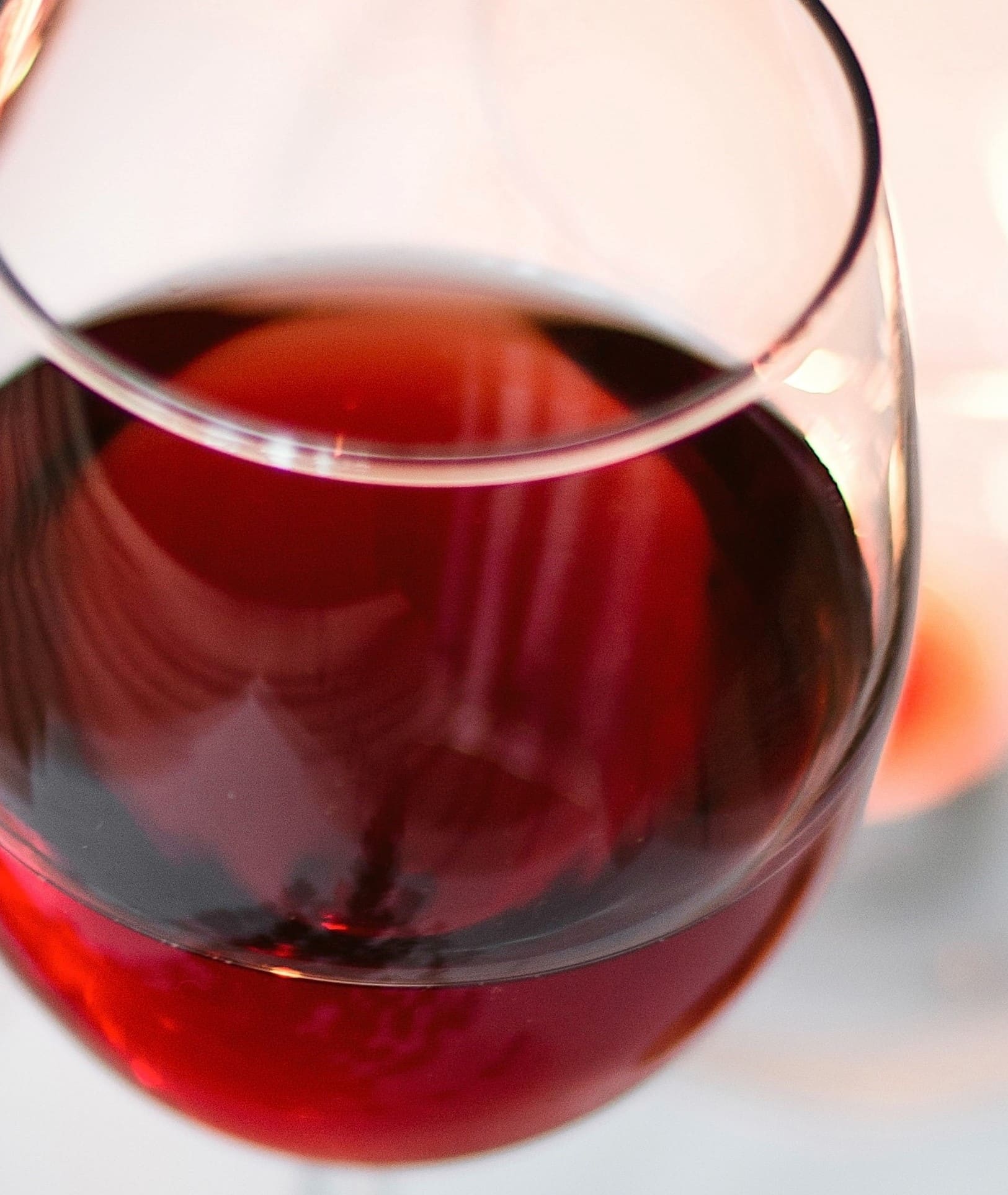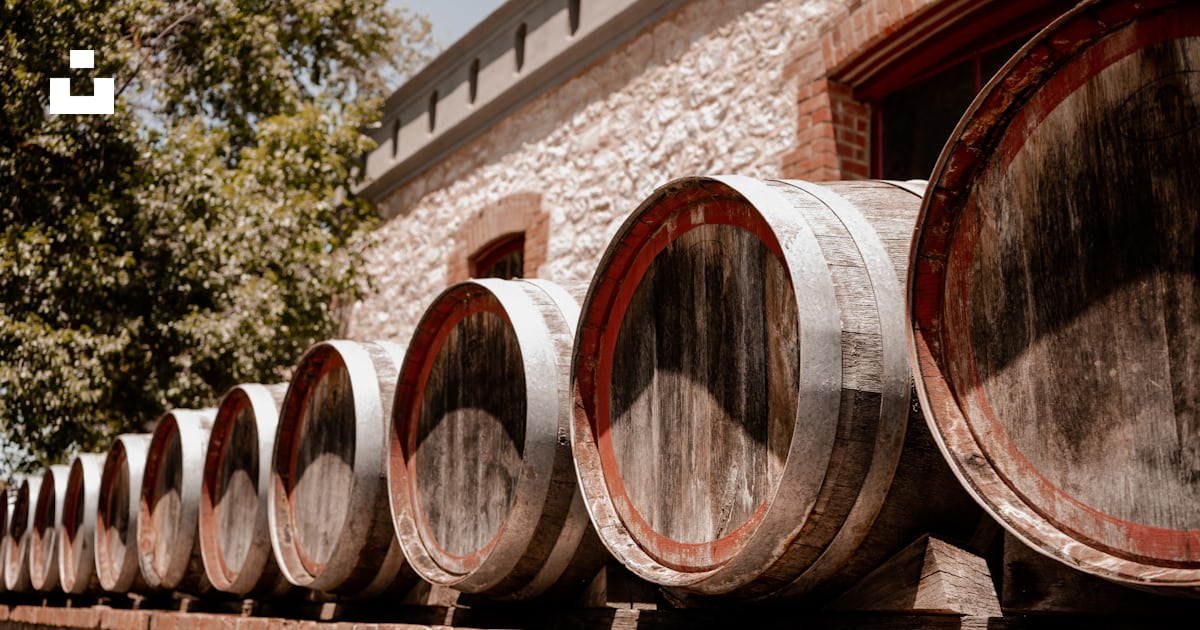Wineries Known For Their Hospitality - Sonoma Vineyards To Explore
Best Wineries For Wine Tasting In Sonoma - Top Sonoma Wine Tasting Destinations
Wine tasting is an art that mixes sensory experience with an appreciation for the nuances of different varietals. How to judge flavors in winery wine tasting sessions is pivotal to grasping the complexities of wine.
Participating in a wine tasting entails greater than merely sipping and savoring. It requires a centered approach to establish aromas and flavors that every wine presents. As you begin, observe the wine's appearance, noting its color and readability. These visual cues typically recommend a wine’s age, grape variety, and even potential flavor profiles.
The next step in the tasting process is to swirl the wine in your glass. This action releases fragrant compounds which may be important for evaluation. Lean in and take a moment to inhale deeply; the aromas can range from floral and fruity to spicy and earthy. The nostril of the wine is simply as essential as the palate, and recognizing scents performs a significant function in understanding the overall experience.
When taking your first sip, permit the wine to move throughout your palate - Family-Friendly Wineries Near Sebastopol. Discover the preliminary flavors that present themselves. Is the wine fruity, floral, or maybe herbaceous? This initial style provides insight into what the wine is prone to express as you proceed to gauge it. The mouthfeel also contributes to the general flavor experience; it could be silky, tannic, and even effervescent.
Wineries With Sustainable Practices - Vineyard Visits And Wine Tasting In Sonoma
As you continue tasting, pay consideration to the wine’s balance. A well-balanced wine will harmonize acidity, sweetness, and tannins. If one part overwhelms the others, it might point out a less fascinating high quality. Evaluating balance might help you determine how nicely the wine might pair with food.
Transitioning to the finish, think about how the flavors evolve because the wine lingers on your palate. A long, nice finish can point out a high-quality wine, while a short or abrupt end might suggest otherwise. Mirror on whether the flavors stay constant or if new notes emerge because the wine settles. This progression can reveal complexities and intricacies that might not have been obvious within the preliminary tasting.
Temperature is also a crucial factor in evaluating wine flavors. Different forms of wine are optimally loved at specific temperatures. White wines usually shine when chilled, while pink wines generally carry out finest at room temperature. When tasting, ensure the wine is at the appropriate temperature to totally respect its character.
Celebrated Winemakers To Discover In Sonoma - Wineries To Visit
Pairing food with wine can significantly improve the tasting experience. Foods can influence the perception of flavors in wine, both highlighting sure traits or diminishing them. When evaluating flavors, think about how the wine interacts with totally different foods, noticing which flavors are amplified or muted (Wineries With Unique Wine Blends).

Contemplate the influence of terroir as you have interaction in a winery tasting. Terroir encompasses the unique environmental components that have an effect on grape rising, including soil composition, climate, and geography. Understanding a wine's terroir can present perception into its flavors and aromas, fostering a deeper appreciation for the alternatives made throughout its cultivation and manufacturing.
Education plays a elementary position in enhancing one's capacity to gauge wine flavors. Studying about grape varieties, wine areas, and manufacturing strategies can pave the way for more informed image source judgments throughout tastings. Additionally, attending workshops or classes can refine sensory skills and expand your flavor vocabulary, enabling you to articulate tasting notes extra effectively.

Lastly, it's important to remember that evaluating wine flavors is a highly personal experience. Individual preferences and perceptions will invariably shape one’s tasting journey. Enjoyment should be at the forefront, with the analysis course of performing as a software to boost understanding and appreciation somewhat than create inflexible tips.
Wine Tasting Experiences With Local Cheese - Sonoma Wine Tasting Adventures
In conclusion, mastering how to consider flavors in winery wine tasting sessions includes a mixture of sensory engagement, data, and practice. By studying to establish aromas, assess the balance, and appreciate the intricacies of flavor, wine enthusiasts can deepen their connection to each bottle they encounter. As with any art type, the extra one immerses themselves within the experience, the extra they may uncover and benefit from the huge world of wine.
- Start by observing the wine's color and clarity, as these visual elements can hint at its flavor profile and aging potential.
- Swirl the wine gently in your glass; this releases aromatic compounds, allowing you to better identify the complicated scents associated with the wine.
- Take a deep inhale earlier than tasting, focusing on each main and secondary aromas to assemble insights on fruits, spices, and other nuances.
- When tasting, enable the wine to coat your palate; note the preliminary flavors, the mid-palate complexity, and the end as these stages can provide different flavor highlights.
- Pay attention to texture and mouthfeel, as aspects such as tannin levels, acidity, and sweetness contribute considerably to the general tasting experience.
- Evaluate flavors in opposition to normal wine traits; for purple wines, think about berry notes, oak influence, and herbal tones, whereas whites could embody citrus, stone fruits, and floral hints.
- Take notes through the tasting session to track your impressions, helping you to remember and consider the different wines sampled.
- Focus On your findings with fellow tasters or winery workers, as sharing insights can improve understanding and appreciation of individual flavors.
- Allow time for the wine to breathe; generally, flavors evolve and reveal new dimensions after being uncovered to air.
- Experiment with food pairings through the tasting as they can dramatically alter how flavors are perceived, influencing overall enjoyment.undefinedWhat ought to I look for when evaluating the aroma of wine during a tasting?
Begin by swirling the wine in your glass to launch its aromas. Convey the glass to your nose and take a deep breath. Pay consideration to the first scents you detect, as these are often essentially the most distinguished. Look for fruit, floral, herbal, or earthy notes and attempt to establish specific traits, which can deepen your understanding of the wine's complexity.
Wineries Offering Virtual Wine Tastings - Sonoma Wine Tasting Adventures

How can I distinguish between completely different flavor profiles in wine?
Understand that flavor profiles are often categorized as fruit, floral, herbaceous, spicy, or mineral. Take small sips and permit the wine to coat your palate. Notice the first flavors that emerge first and the delicate notes that follow. This layering is crucial in distinguishing the wine's characteristics and can assist you to appreciate its distinctive profile.
Wineries With Unique Tasting Experiences - Enjoying Wine Tastings And Vineyards Near Sebastopol
What is the importance of the wine's texture in a tasting?
The texture of the wine, also called mouthfeel, plays a vital role in how we understand flavors. Pay attention as to if the wine feels smooth, creamy, visit here or gritty. The body of the wine (light, medium, or full) can improve or contrast with flavors, offering a more rounded experience during tasting.
How do I assess the steadiness of flavors in wine?
Balance in wine refers to the concord between acidity, sweetness, tannin, and alcohol. Take a moment to evaluate whether or not these parts complement or interfere with each other. A well-balanced wine may have none of its elements overpowering the others, creating a pleasing tasting experience.
Exclusive Wine Clubs In Sonoma - Celebrated Wineries Around Sebastopol
What function does temperature play in evaluating wine flavors?
Temperature can significantly impact the notion of flavors. Usually, pink wines are greatest served barely under room temperature, whereas white wines take pleasure in being chilled. As the temperature changes, the aromas and flavors can shift, permitting you to perceive totally different characteristics. It’s essential to style wine at its optimal temperature for true analysis.
Wineries With Estate-Grown Grapes - Sonoma Area Winery For Tasting
How can I enhance my tasting skills over time?
Practice is key to enhancing your tasting skills. Wineries Pairing Wine With Chocolate. Attend tastings, keep a journal of your experiences, and discover various kinds of wines to broaden your palate. Additionally, studying about wine production and grape varieties can present context that enhances your analysis process, making you a extra knowledgeable taster.
Is there a selected order during which I should taste the wines?
Family Friendly Wineries With Outdoor Spaces - Wineries With Outdoor Tastings In Sebastopol
Sure, it’s advisable to style wines from light to full-bodied and dry to sweet. This development prevents the stronger flavors from overshadowing the extra delicate ones, allowing you to completely recognize every wine's characteristics and nuances with out palate fatigue.
How can I consider the aftertaste of wine?
Wineries Near Highway 12 - Sonoma County's Best Wine Experiences
The aftertaste, or finish, is a vital facet of the wine-tasting experience. After swallowing, pay attention to how long the flavors linger on your palate and whether they change. A long, pleasant end is commonly an indicator of a high-quality wine, whereas a brief or disagreeable finish might suggest otherwise.
Why is it important to notice the wine’s acidity throughout tasting?
Acidity contributes to the general freshness and construction of the wine. Pay attention to the tingling sensation on your tongue; higher acidity can improve the wine's liveliness and steadiness out sweetness. Noting acidity helps decide the wine's versatility with food and its growing older potential.
What should I do if I struggle to identify particular flavors in wine?
Wineries In The Heart Of Sonoma County Wine Region - Exploring The Vineyards In Sonoma County
Struggling to establish flavors is frequent, particularly for novices. Focus on broader classes and describe what you can recognize, such as candy or earthy notes. With practice, studying about completely different flavor profiles, and maybe utilizing flavor wheels, you may refine your senses and develop a extra nuanced method to tasting.